A reader recently wrote to us inquiring about the evolution of worms. He asked several specific questions about the evolutionary history of worms, not all of which we can answer, but we can sketch a picture, even if incompletely, of the evolution of worms.
In broad terms, worms began as relatively simple organisms that lived in aqueous habitats. Indeed, when the evolution of animals began some 600 million years ago, the primary habitat of all living organisms was the sea. Creatures lived in the ocean, on the surface of the ocean floor, or slightly beneath the muddy ocean floor.
Some of the earliest organisms were worms that burrowed in the ocean floor, which is revealed in the tunneling tracks preserved in fossils. Over millions of years, with the magic of natural selection at work, worms developed the capacity to live on land. However, some of the descendents of those early burrowing worms still live in the ocean, and even those that live on land rely on a moist environment (e.g., soil) to survive. And no matter the habitats in which particular types of worm live, they all have common characteristics – most notably, bristles and segments – that can be traced back to early worms and their evolutionary innovations.
The earliest worms were annelids, which in today’s terms are classified as a large phylum of segmented worms. Thanks to the work of biologist Kevin Peterson, which has been the subject of news reports, we have at least a rough idea of how annelids evolved. Actually, we don’t know so much about the “story” of segmented worm evolution as we do about the genetic relationship between early types of worms.
In his study, Peterson and his team compared several species of segmented worms to see if they have similar sequences of microRNA (miRNA, not to be confused with mRNA, the abbreviation of messenger RNA), which are genes, but don’t code for anything. If species share sequences of miRNA, they are likely to be related evolutionarily.
Professor Peterson’s research focused on earthworms, leeches, mollusks, and peanut worms, which have long been considered annelids. Studies have shown that, for example, mollusks evolved from primitive segmented worms. However, the fossil record doesn’t support this view, and what’s more, Peterson’s study, relying on evidence gathered from examining miRNA, suggests that these four organisms could not be part of the same evolutionary tree. So, the view that earthworms, leeches, mollusks, and peanut worms neatly fit together into one phylum is incorrect.
Instead, the new view, based on Peterson’s research and existing evidence about the fossil record, holds that mollusk species developed before the last common ancestor of annelids, meaning that mollusk species can’t be classified as annelids. This view also casts doubt on whether peanut worms should be considered annelids. Basically, the scheme used to classify annelids and describe their evolutionary trajectory is inaccurate, although we don’t yet know exactly how inaccurate, nor do we know how we should reclassify all the organisms that are currently being reexamined.
Despite all the uncertainty surrounding the evolution of worms, Peterson’s research does support the view we explained earlier that posits that terrestrial worms developed from marine worms, which is also supported by the fossil record. That isn’t much detail, but the arch of the evolutionary story is beginning to come into focus, and we’ll be sure to keep our readers posted as new evidence becomes available.
All About Worms is always free, always reader-supported. Your tips via CashApp, Venmo, or Paypal are appreciated! Receipts will come from ISIPP Publishing.



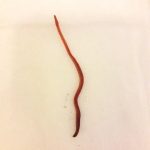
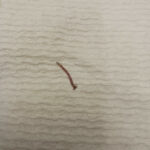
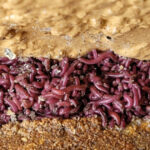
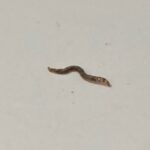
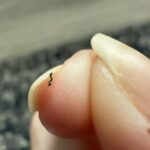
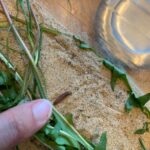
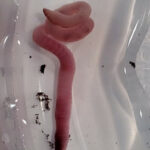

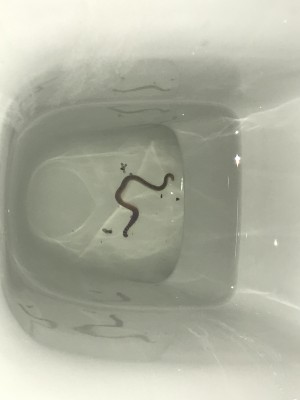

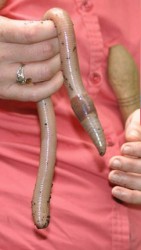



Please send me information on the evolution of earthworms